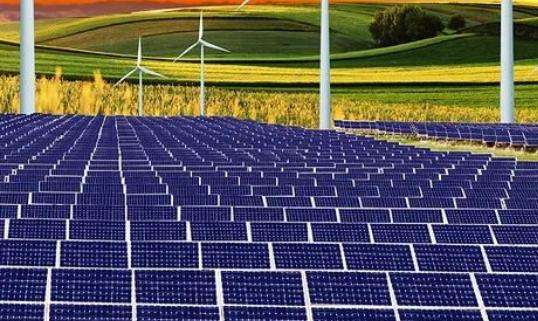The maximum must not exceed 100 kW. Regardless of the large-scale vertical axis business, the most direct thing is that what you see on the spot is the real thing. Generally speaking, the actual effectiveness is not that great. the low speed generator, which is the most essential. The blade is easy to make, but the generator is not easy to solve.
Steps/Methods
The blade diameter is not professional, it should be the sweeping diameter. Common blade shapes are 126/110/114, etc., and the corresponding blade sizes are 68m, 54m and 56m; now the diameter of the largest wind turbine blade has exceeded 70 meters, which is equivalent to the wingspan of a Boeing; plane.
When it comes to materials, it's more complicated. Different parts of the blade have different materials. Generally speaking, three categories are used, carbon fiber and fiberglass as the outer surfaceure, and balsa wood and moss as surface. base material. The other problem is that carbon fiber is ideal because it is stronger and lighter, but it is also problematic because it is too expensive. Balsa wood is balsa wood. As for foam, there are relatively many types, but generally hard foam products account for 90% of the share in this field. The main materials of wind turbine blades are fiberglass fabric and reinforced resin. Large megawatt blade spar caps can adopt a carbon-glass hybrid design, and the hull cloth generally uses fiberglass cloth. In addition to LM, the main manufacturers of wind turbine blades at home. and abroad such as VESTAS, SIEMENS, GAMESA, etc. are all epoxy resin systems; LM draws on its own understanding of the interfacial bonding capacity between resin and fiber fabricglass to use polyester resin, which has fast bonding speed, no need for heating. the post-curing process and high efficiency of mold renewal.














